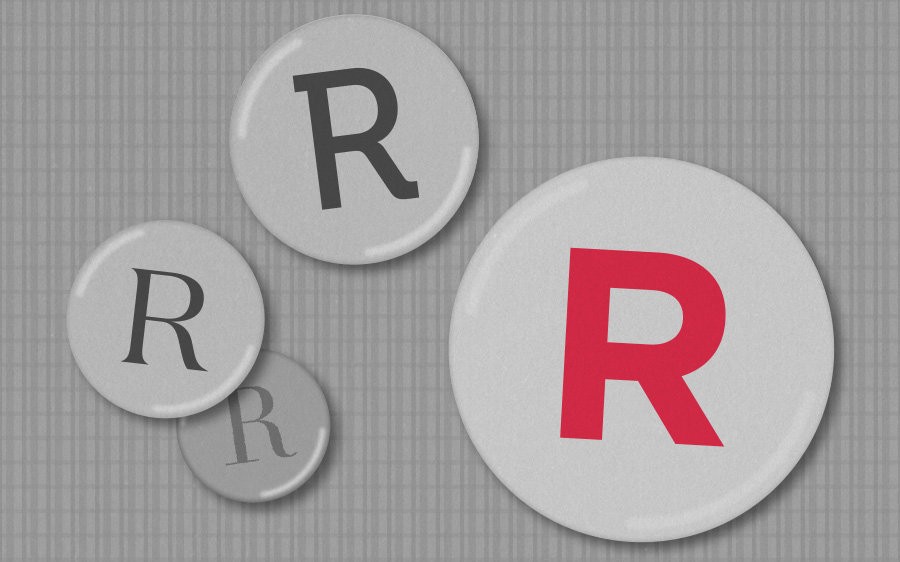
The pros and cons of the rebrand
When a brand as deeply integrated into our lives as Google decides to put on a new suit, the implications go beyond picking a different font.
Google’s recent logo upgrade reflects the need for technology brands to be seen to be current. More than most categories they are a part of our everyday lives, in constant view. We get used to them, yet at the same time we get used to seeing them change.
What’s important is the manner in which a new logo plays on our perceptions of a brand’s identity. A host of major brands change their identity every year. We don’t hear about it. But, more pertinently, some big names in certain categories hardly ever change their logo. In particular, I’m talking about luxury brands.
Aside from a quality expectation, luxury brands are defined by longevity, consistency and heritage. These cannot be maintained if you change your logo every time you have a structural shakeup or your brand’s colour is suddenly ‘so last season’.
With luxury brands, the perceived value is in a confident resistance to change. With technology brands, the perceived value is in change that’s utterly relentless. So, the way in which consumers respond to branding within these two categories is completely opposed. It’s the difference between, “Spotify are so behind the times, they’ve had the same logo for a year and a half,” or “The Hermes logo has been an unchanged mark of luxury for almost a century.”
When the branding and the status of that branding is itself the product, change is nothing but detrimental to the value that consumers are buying into. Luxury brand Prada hasn’t changed its logo since 1913. Dior since 1946.
Brands are built on consistency. As marketers, we are paid to help our clients communicate effectively. That means looking after brand equity – something that takes time and effort and should not be thrown away without thorough consideration.
Technology allows brands to refresh their look across multiple touchpoints and territories with a click. It also means opinions, trends and reactionary feedback can be all too easily procured and acted upon. It’s easy to forget that a logo reflects the long-standing relationship consumers have with the brand, representing every moment of their experience with it.
Whilst the temptation to change can sometimes be strong, the process of change requires a commitment to fulfil and communicate the level of change accordingly. Regardless of whether your brand requires evolution or revolution, the scope is similar and the protection of both brand equity and customer loyalty remains paramount. New ownership and corporate reshuffles aside, the decision to rebrand is a commitment to align the vision and ‘why’ you exist with your customer. That’s why the underlying reason you’re changing is the greatest influence on the rebranding decision.
If, however, a rebrand is a strategically sound direction, we say go for it. Just remember – simply being bored with your existing logo is never a good enough reason.
